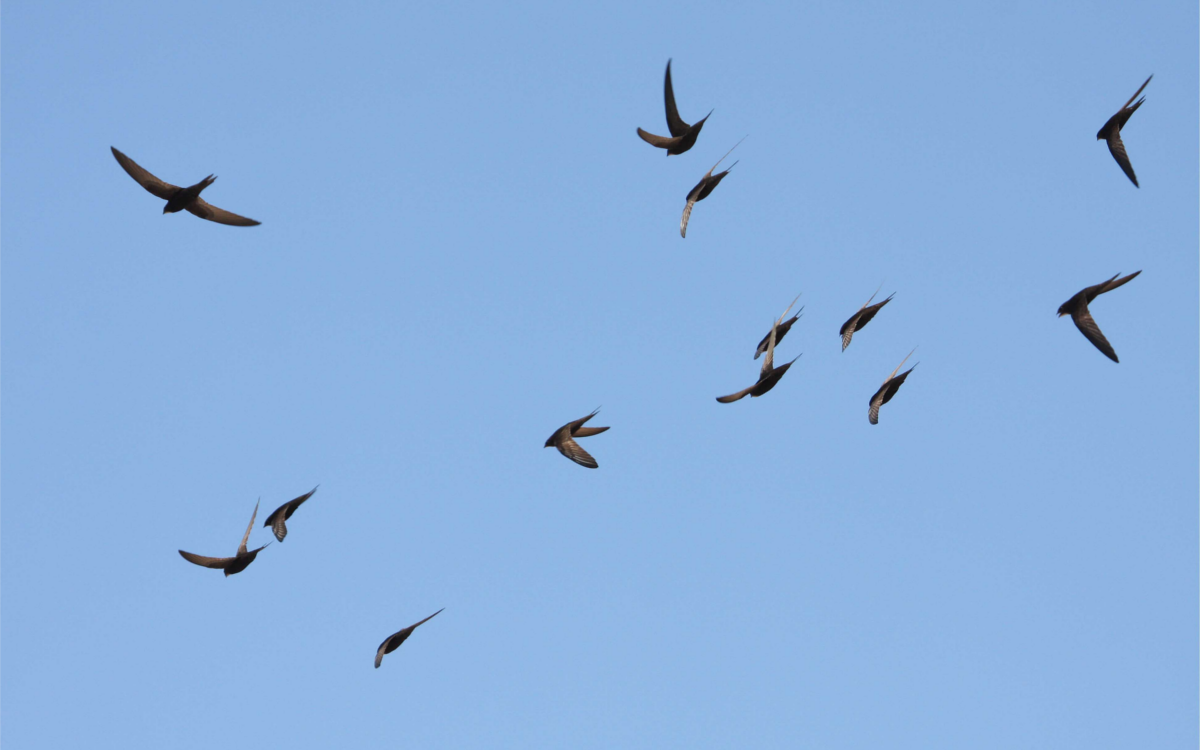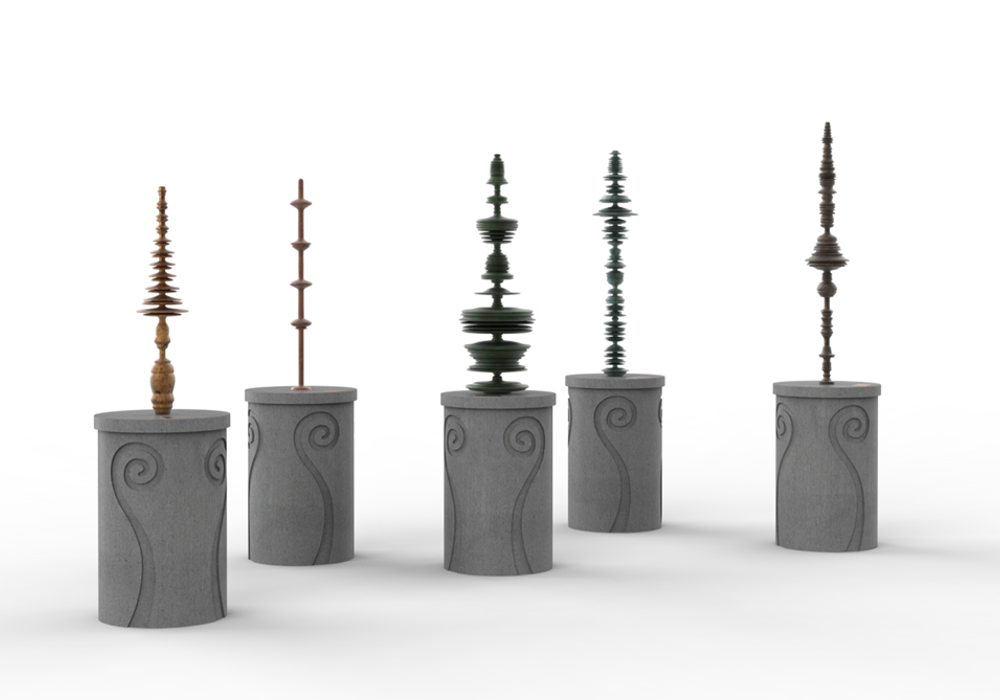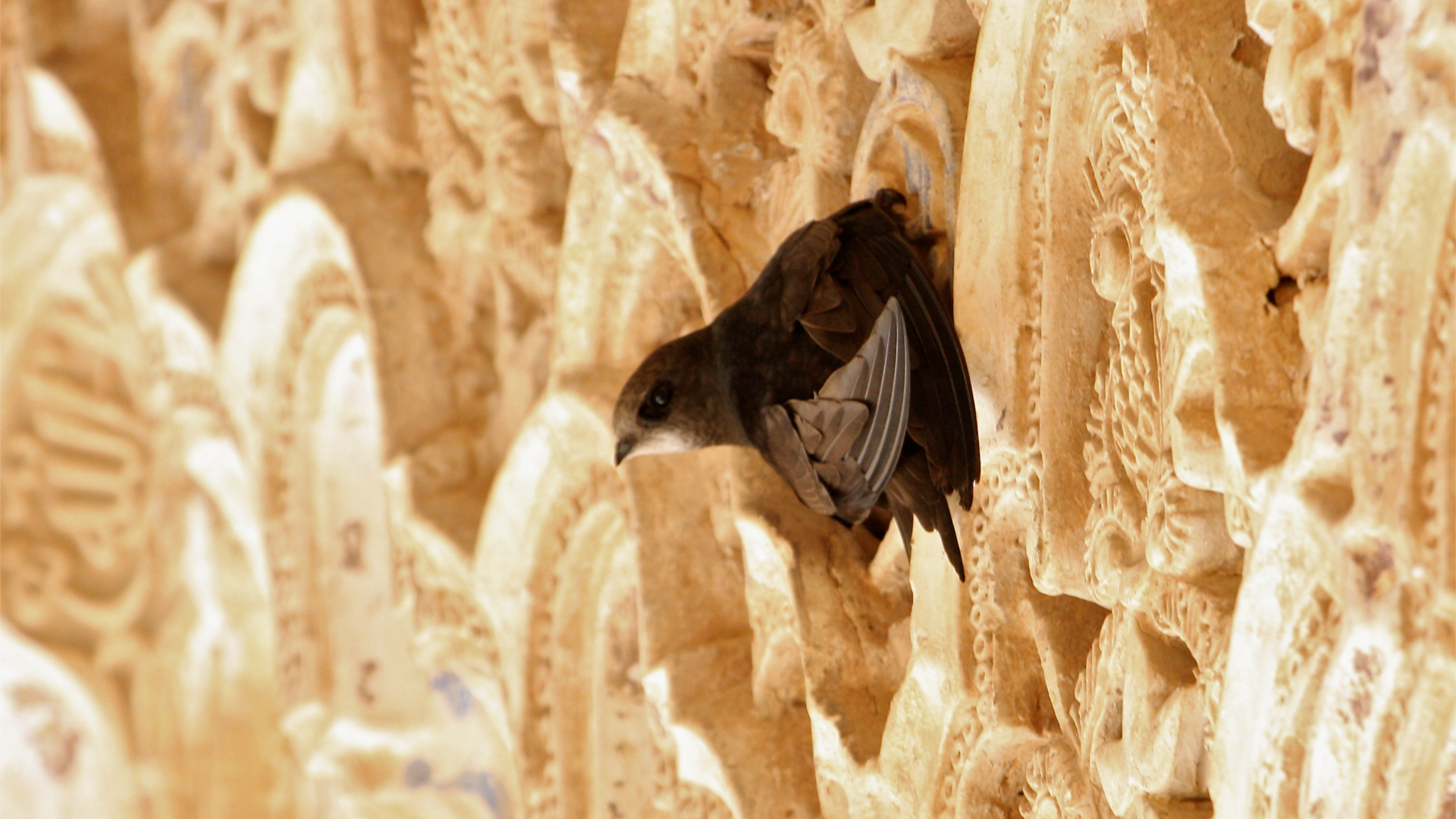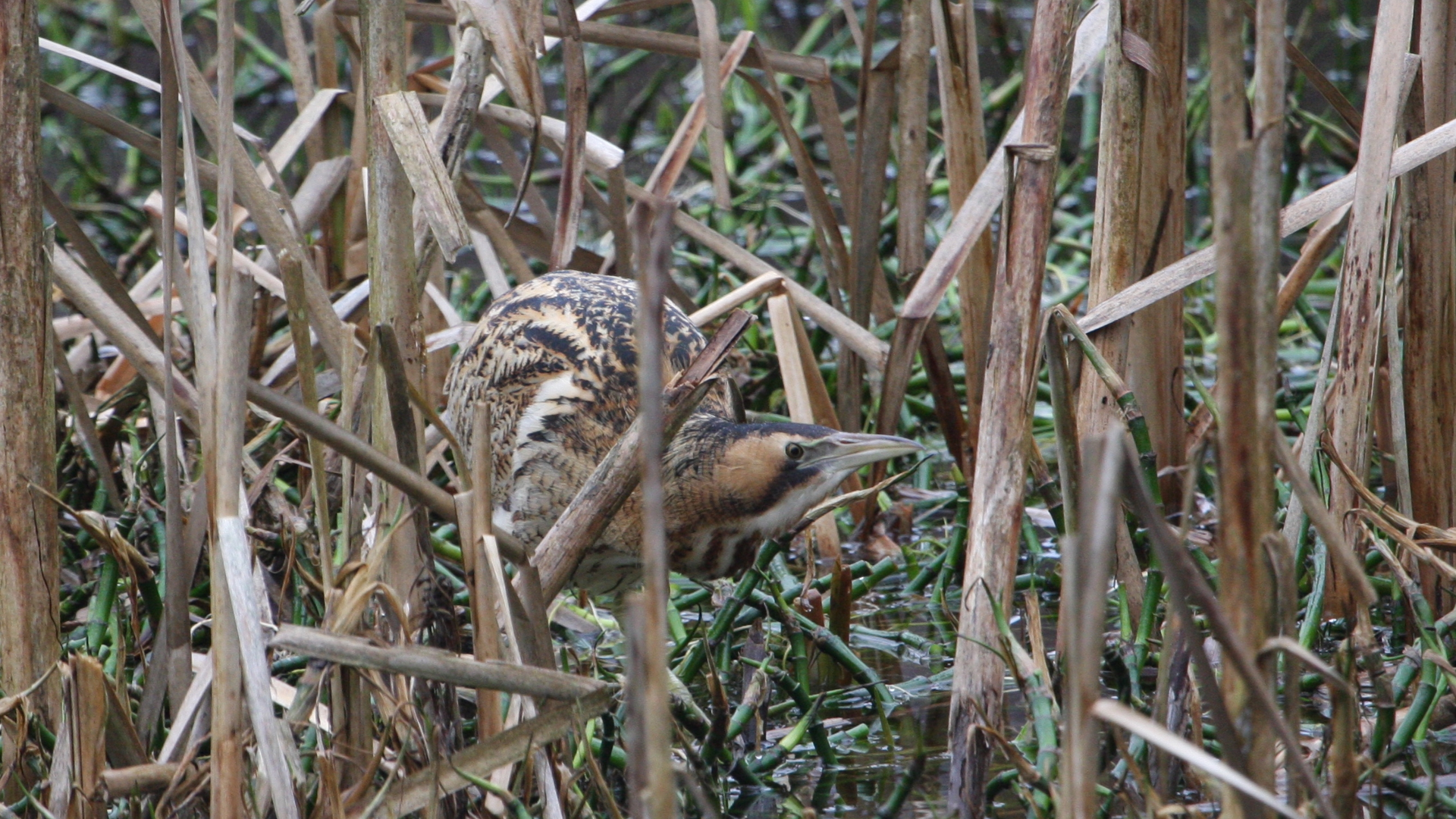Claimed as one of the fastest birds in level flight, our Swift spends more time in Africa when not breeding than it spends in Britain during its short nesting season between May and August. Sooty brown with a paler chin. Wings are long and scythe-like and tail is short with a small fork. Flight is rapid and flickering with long glides. Does not land except for nesting.
Song
‘Scream’ is the word most often used to describe the Swift’s call but it in no way does it justice. This is the sound of sheer exuberance, of letting go, an adrenalin-filled ‘scream if you want to go faster’ sound as small flocks dash recklessly around the rooftops on their black scimitar wings, injecting energy into hot summer’s evenings.
The calls are high pitched and have an audible fizz about them ‘shchreeeee schreee schreeeeeeeee’. Seize the moment to revel in the sound, for the Swifts are here only from May to the very beginning of August and are then gone, heading way south and not touching down again until they return to their ‘cliff-face’ nestholes under the eaves next year.


Conservation
Many species migrating from Britain to Africa for the winter are declining and climate change may be a contributory factor. For the Swift it is also thought that poor summer weather, lack of insect food and a shortage of nest sites have caused a decline of over a half since the 1970s, and by 57% in Yorkshire between 1995 and 2020.
Waterton
Waterton was very familiar with Swifts and his notes contain fascinating information that preempts books that would be published in the next century: “On wing it spends the live-long day…on wing it captures food…seizes feathers floating in the air, and takes them to its nest…and it retires to rest in the holes of towers, and under the eaves of houses, but never on the branches of trees.”
A Sculpture from The Auguries (Last Calls)
Andy Holden was inspired by the fact that the world’s first recognised nature reserve was founded in the Wakefield Disctrict by Charles Waterton at Walton Hall in 1826. Waterton also invented the ‘hide’ for observing birds. Andy has a special interest in birds and often works with his father, Peter. Peter Holden formerly worked for the Royal Society for the Protection of Birds and created the annual Big Garden Birdwatch.




